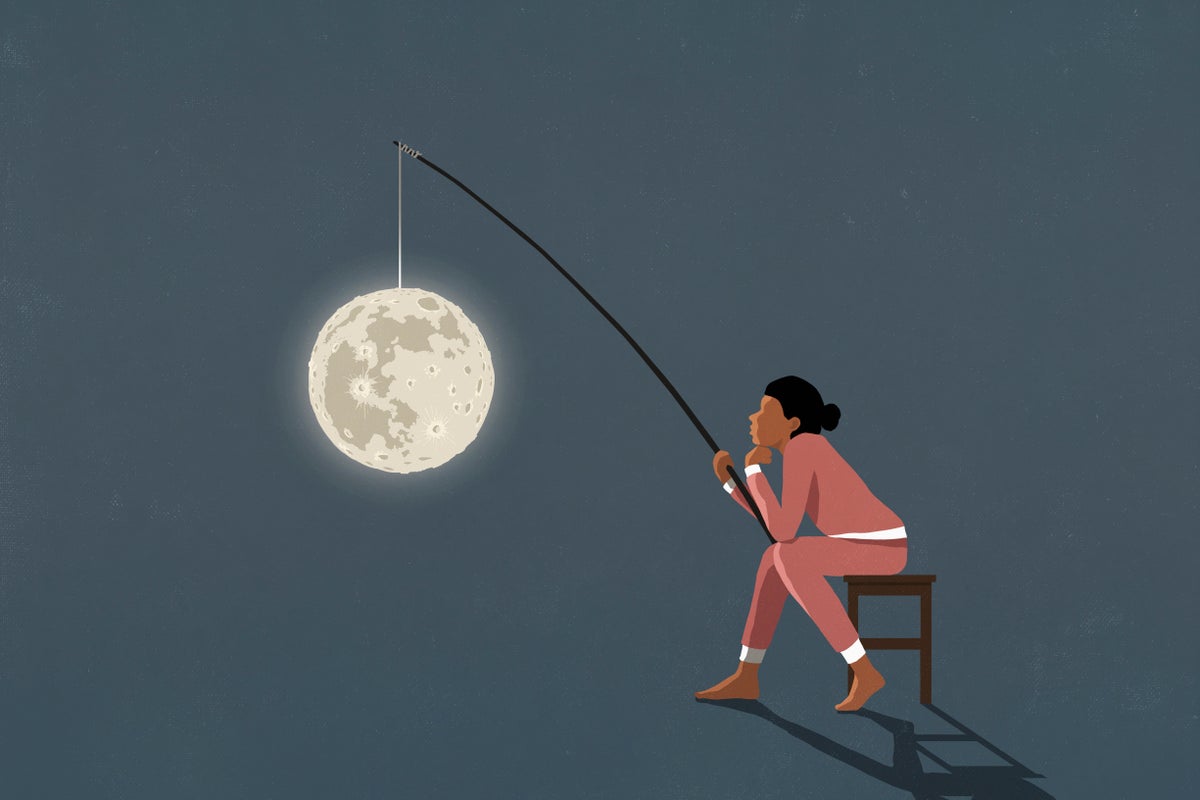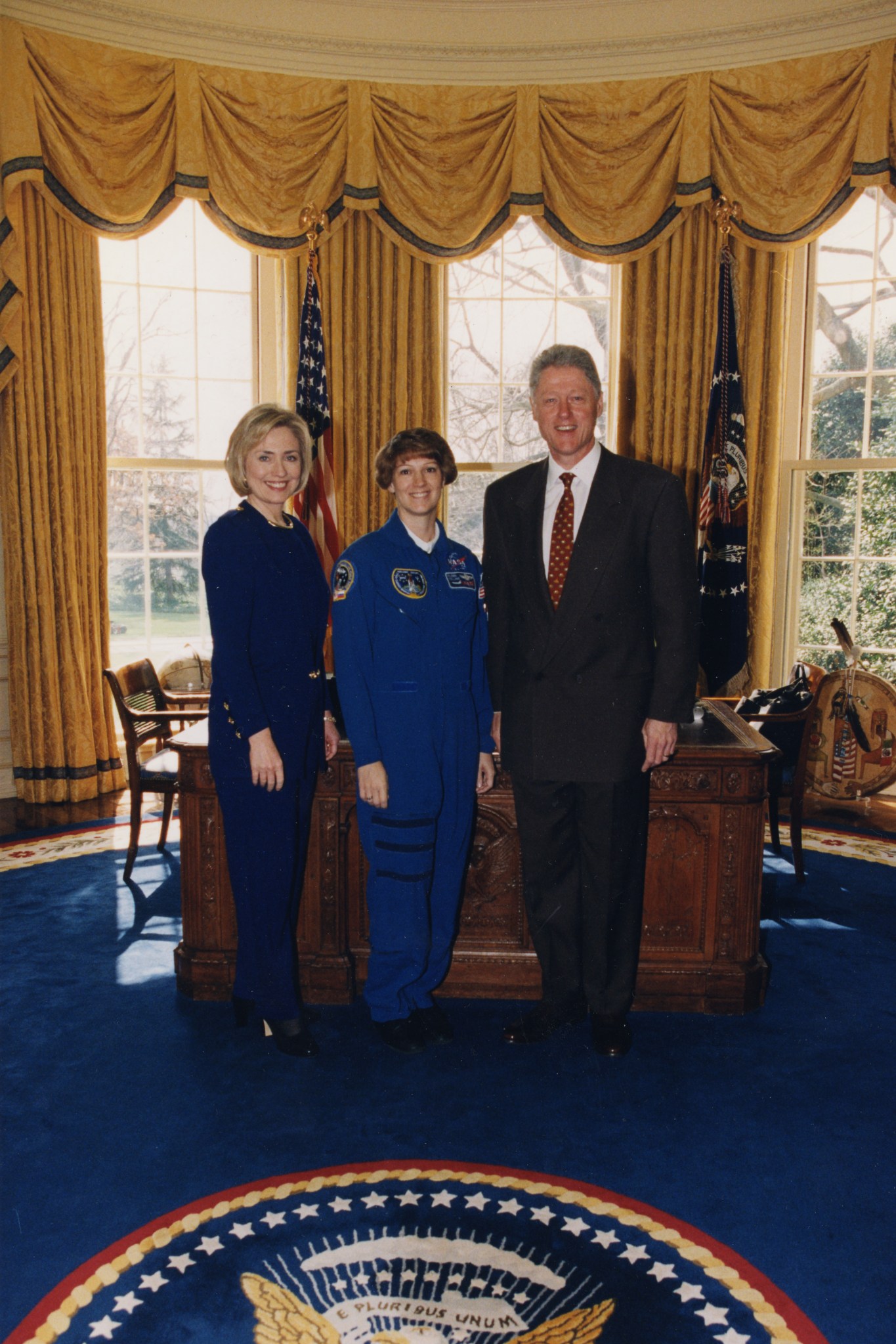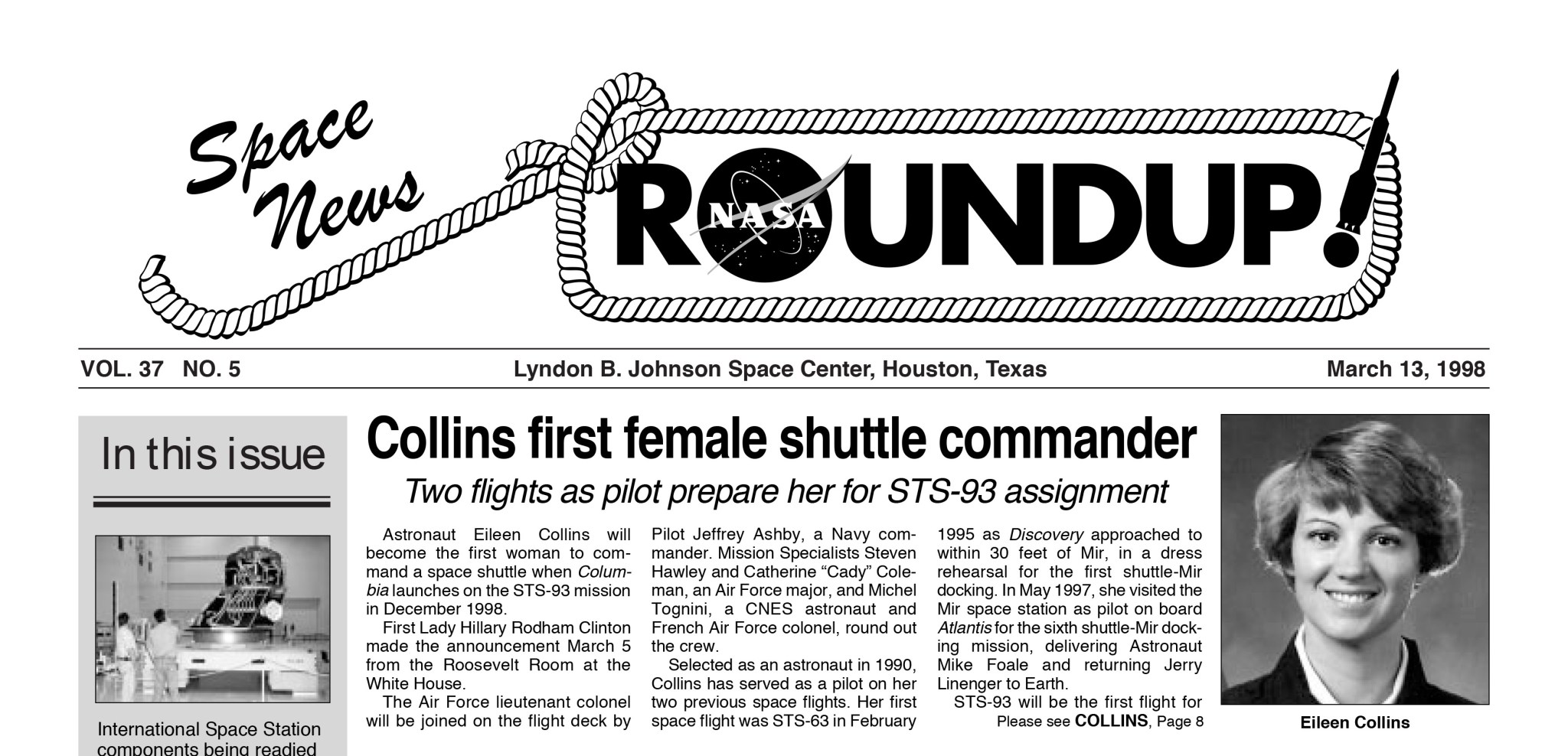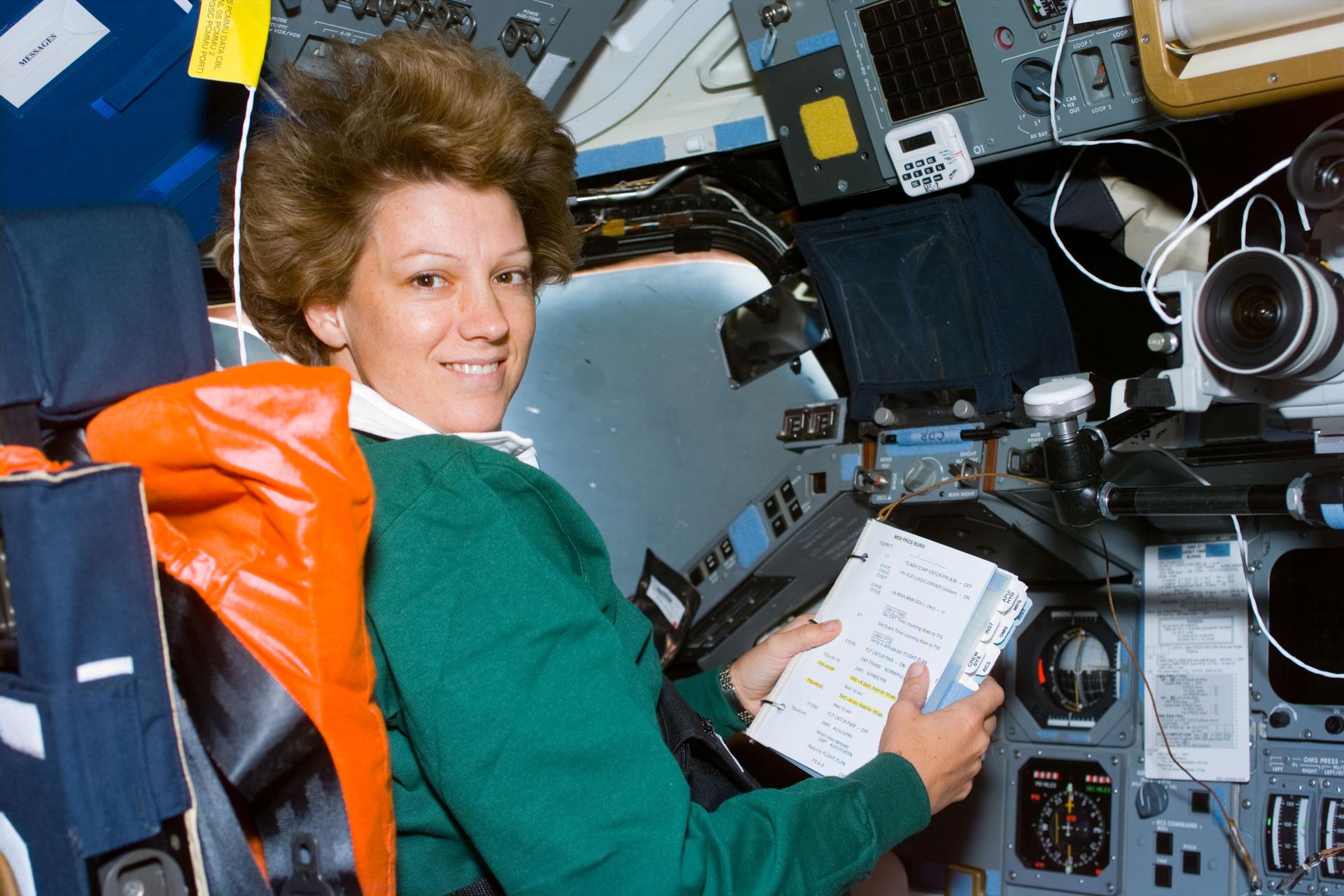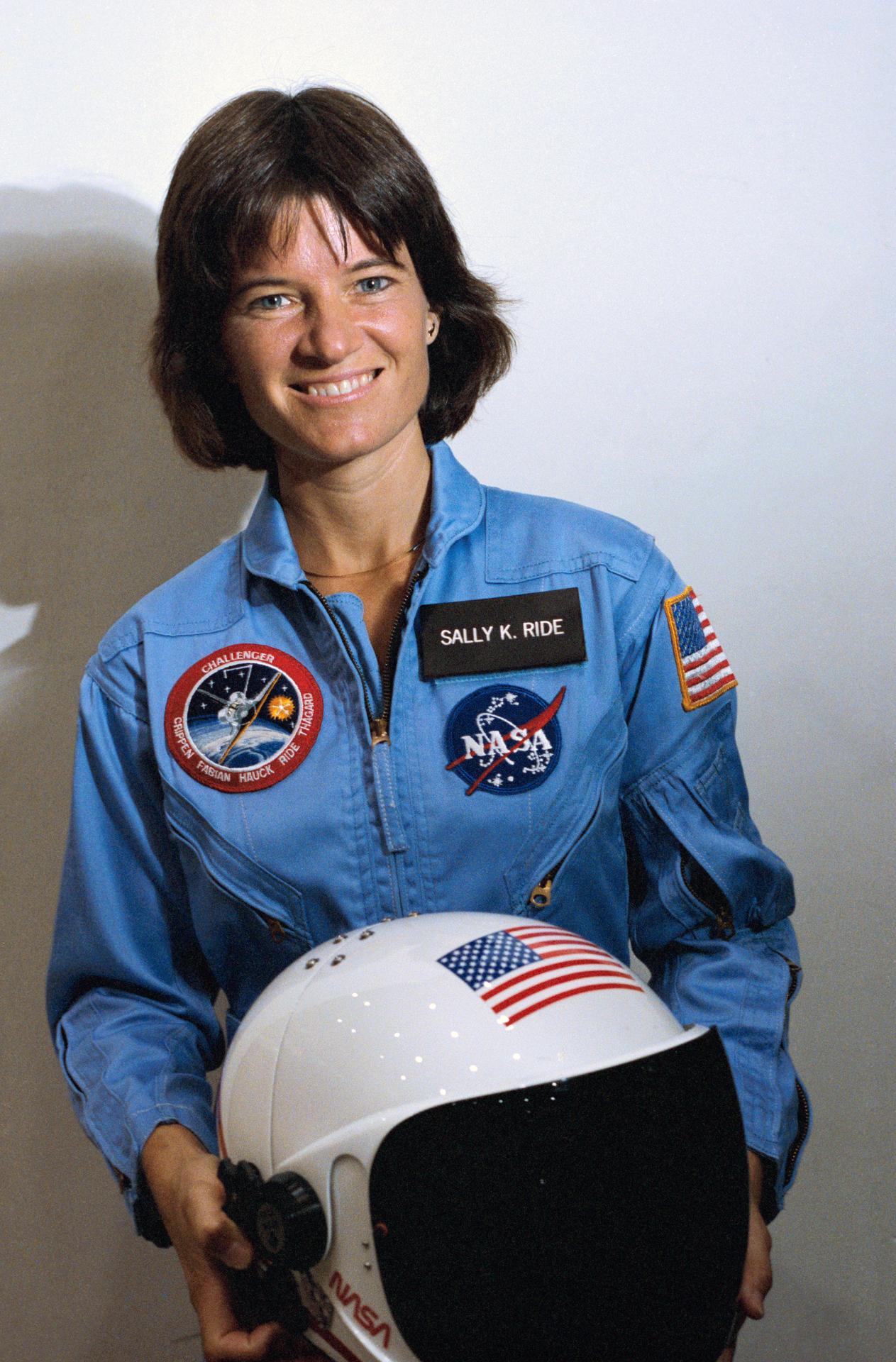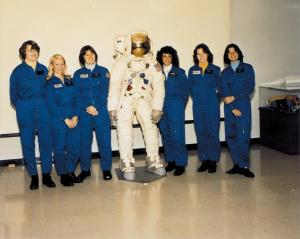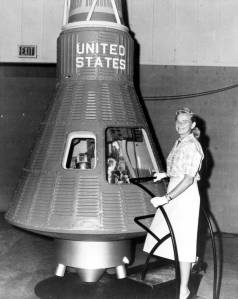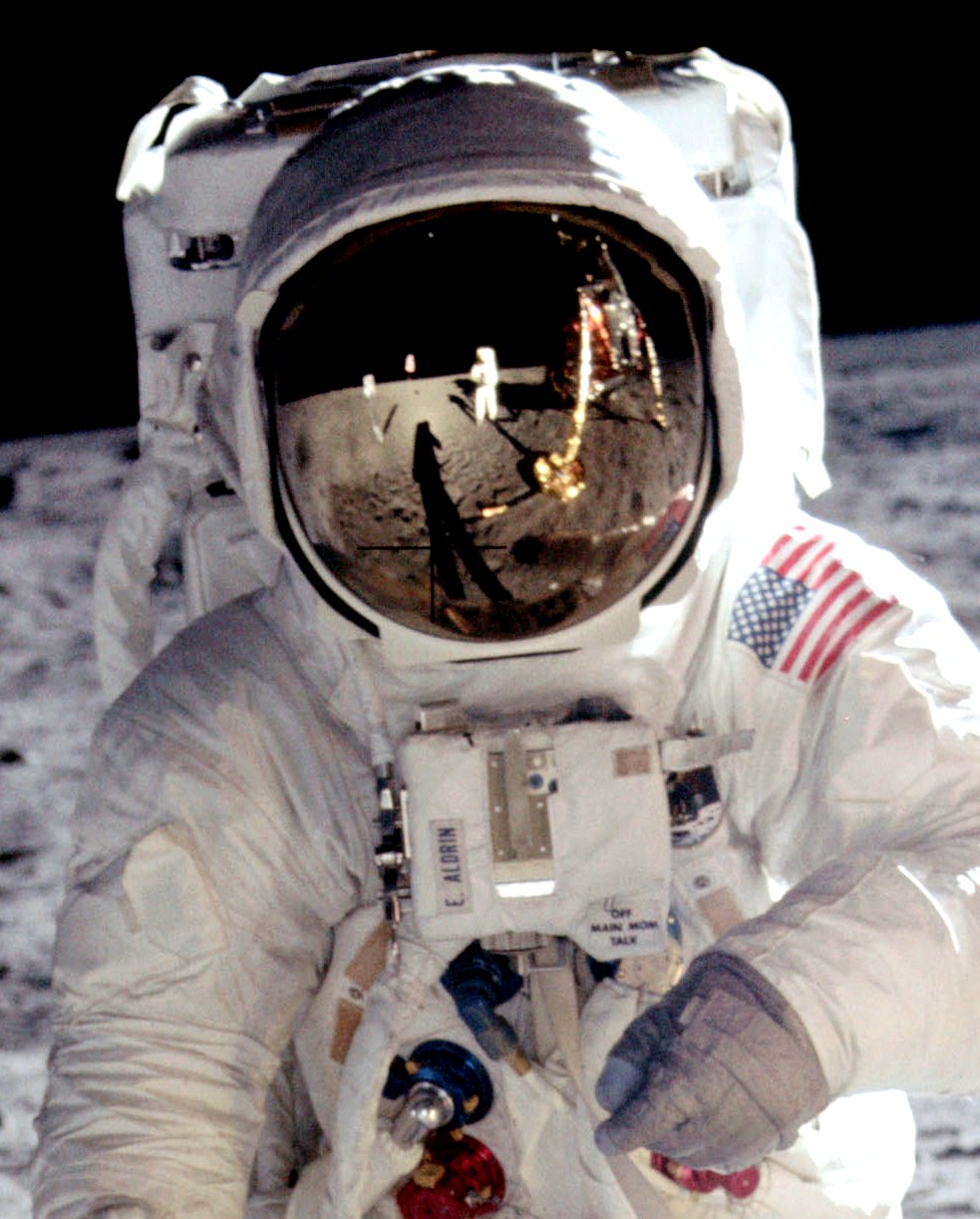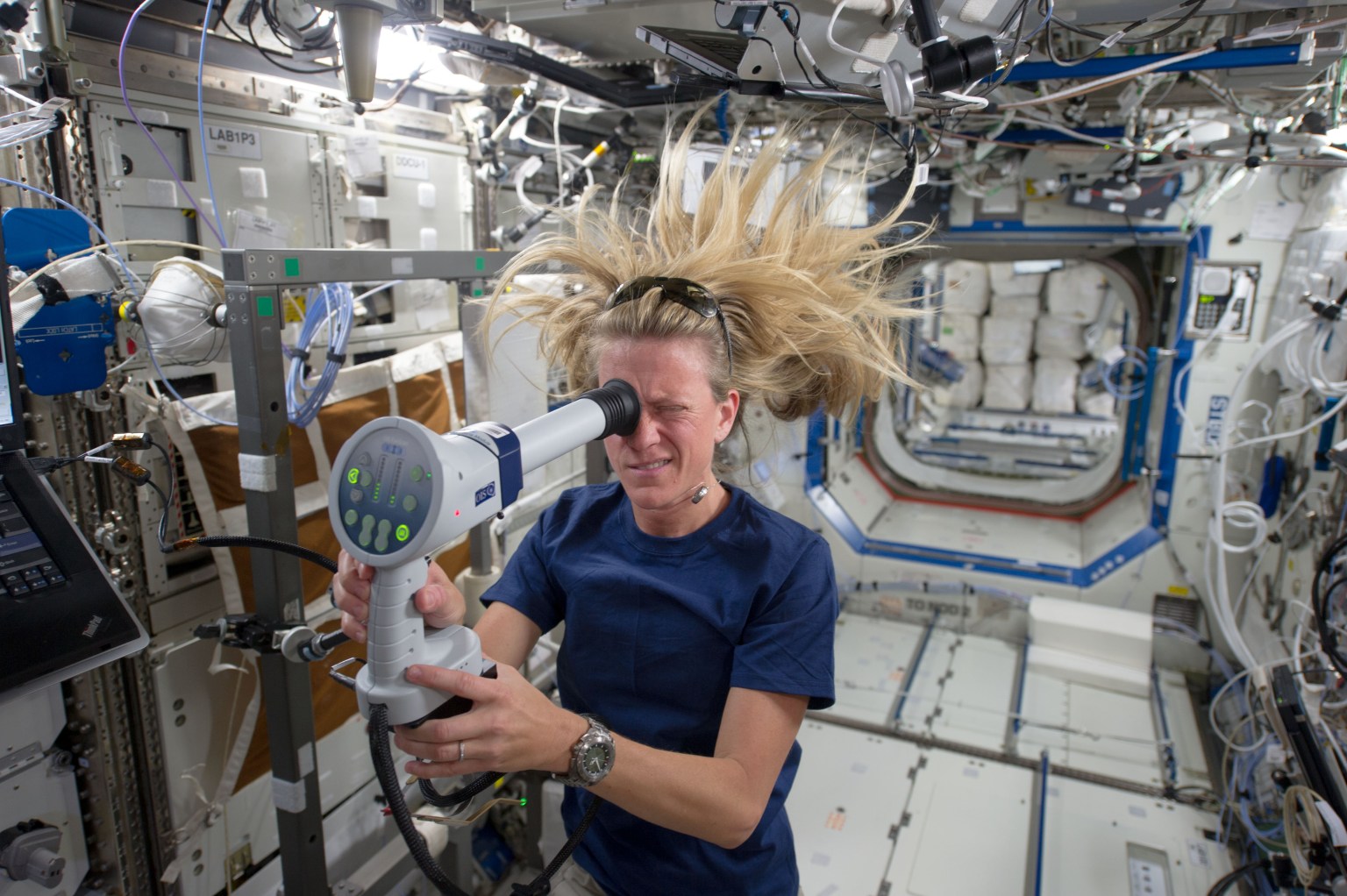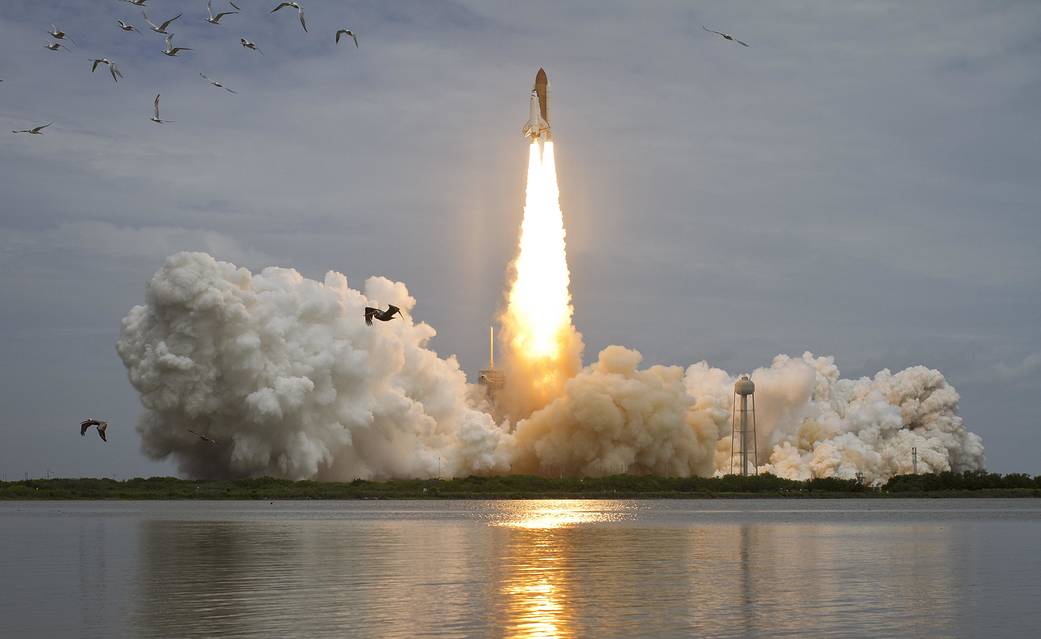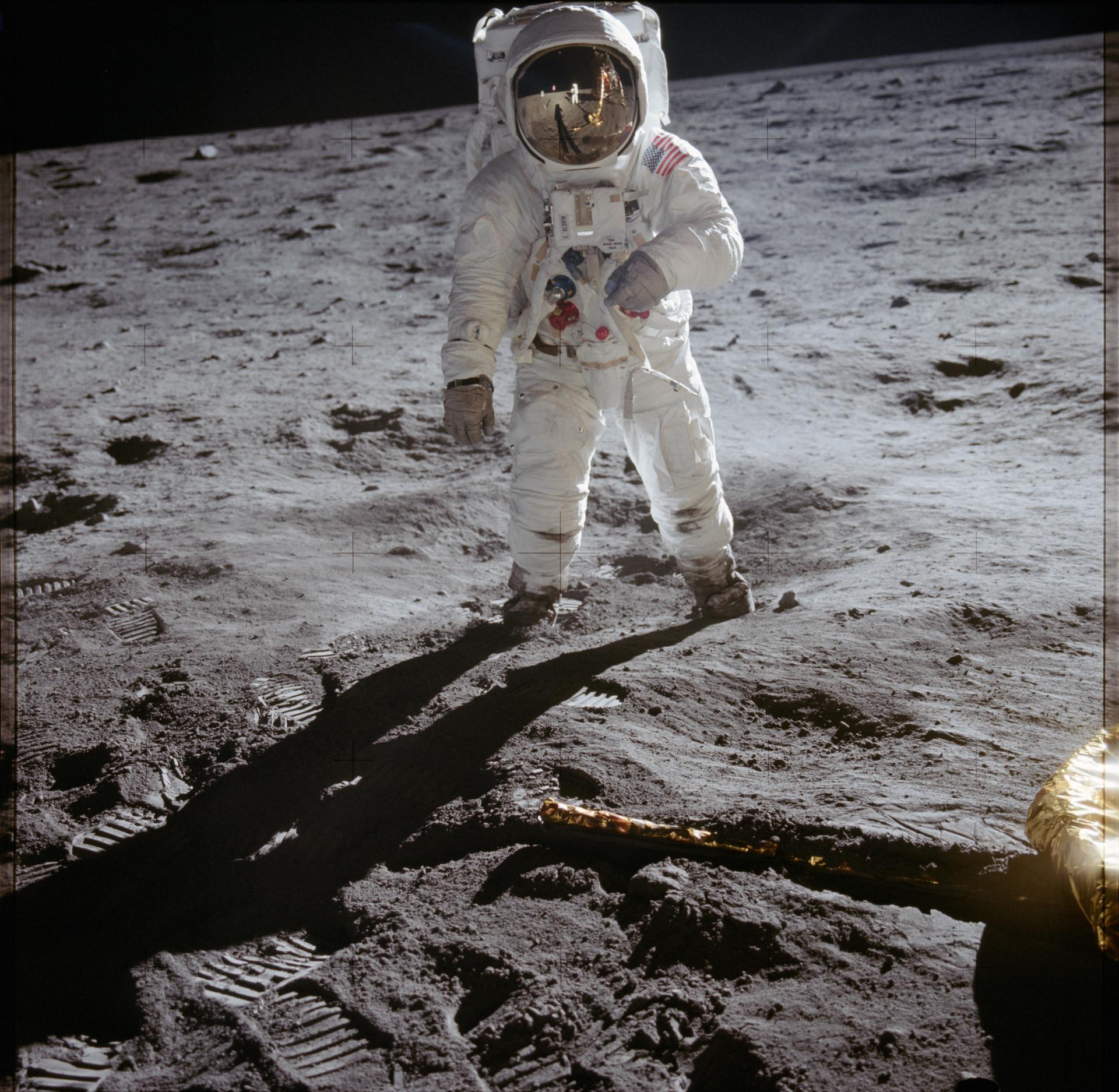Eileen Collins Broke Barriers as America’s First Female Space Shuttle Commander
At the end of February 1998, Johnson Space Center Deputy Director James D. Wetherbee called Astronaut Eileen Collins to his office in Building 1. He told her she had been assigned to command STS-93 and went with her to speak with Center Director George W.S. Abbey who informed her that she would be going to […]

Eileen Collins Broke Barriers as America’s First Female Space Shuttle Commander
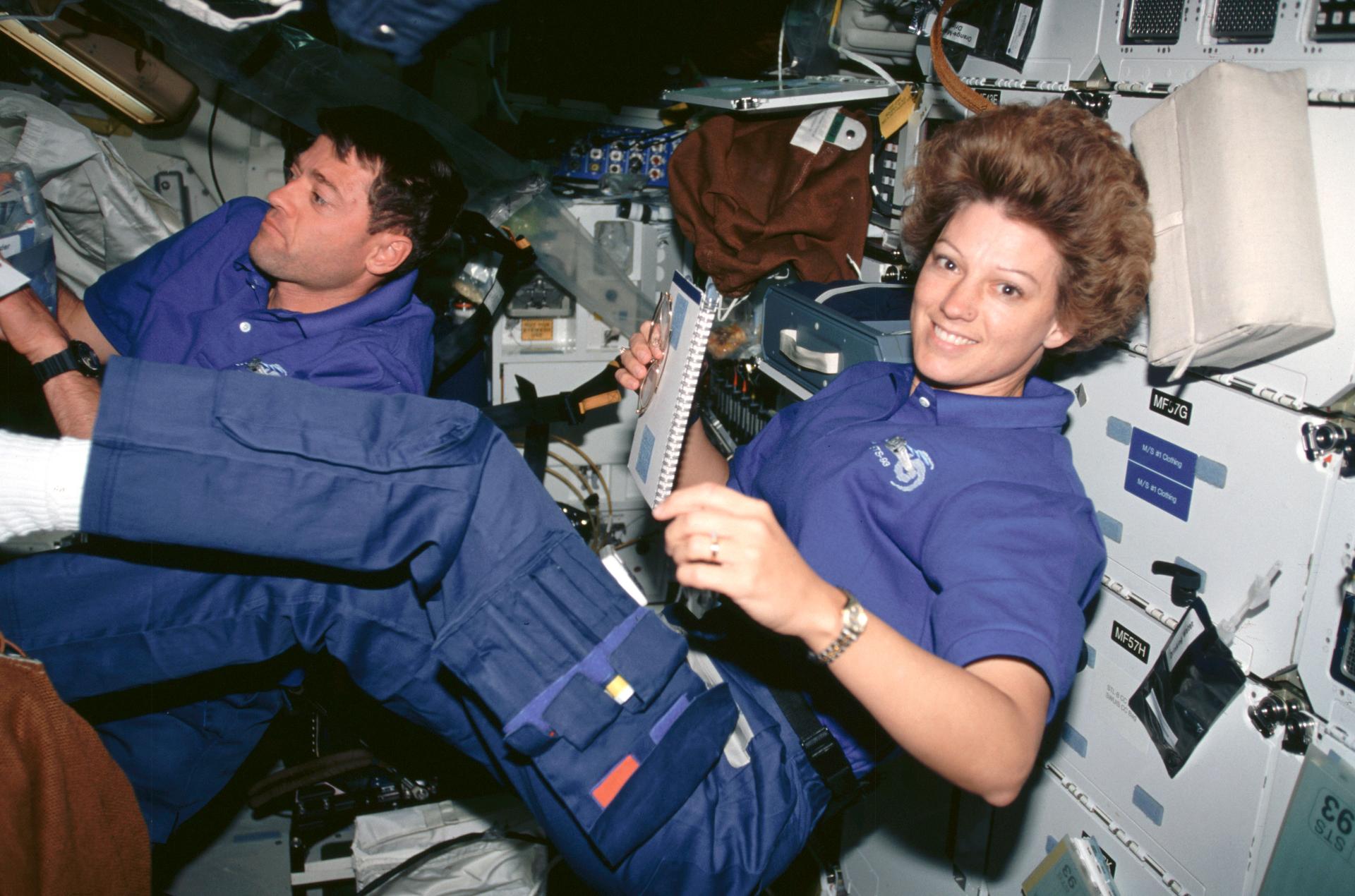
At the end of February 1998, Johnson Space Center Deputy Director James D. Wetherbee called Astronaut Eileen Collins to his office in Building 1. He told her she had been assigned to command STS-93 and went with her to speak with Center Director George W.S. Abbey who informed her that she would be going to the White House the following week.
Selecting a female commander to fly in space was a monumental decision, something the space agency recognized when they alerted the president of the United States. First Lady Hillary Clinton wanted to publicly announce the flight to the American people along with her husband President William J. Clinton and NASA Administrator Daniel S. Goldin.
At that event, on March 5, 1998, the First Lady noted what a change it would be to have a female in the commander’s seat. Referencing Neil A. Armstrong’s first words on the Moon, Clinton proclaimed, “Collins will take one big step forward for women and one giant leap for humanity.” Collins, a military test pilot and shuttle astronaut, was about to break one of the last remaining barriers for women at NASA by being assigned a position previously filled by men only. Clinton went on to reflect on her own experience with the space agency when she explained how in 1962, at the age of 14, she had written to NASA and asked about the qualifications to become an astronaut. NASA responded that women were not being considered to fly space missions. “Well, times have certainly changed,” she said wryly.
The same year Hillary Clinton inquired about the astronaut corps, a special subcommittee of the U.S. House of Representatives Committee on Science and Astronautics held hearings on the issue of sexual discrimination in the selection of astronauts. Astronaut John H. Glenn, who had flown that February in 1962, justified women’s exclusion from the corps. “I think this gets back to the way our social order is organized really. It is just a fact. The men go off and fight the wars and fly the airplanes and come back and help design and build and test them. The fact that women are not in this field is a fact of our social order. It may be undesirable.” Attitudes about women’s place in society, not just at NASA, were stubbornly hard to break. It would be 16 years before the agency selected its first class of astronauts that included women.
By 1998, views about women’s roles had changed substantially, as demonstrated by the naming of the first female shuttle commander. The agency even commissioned a song for the occasion: “Beyond the Sky,” by singer-songwriter Judy Collins. NASA dedicated the historic mission’s launch to America’s female aviation pioneers from the Ninety-Nines—an international organization of women pilots—to the Women Airforce Service Pilots (WASPs), women who ferried aircraft for the military during World War II. Collins also extended an invitation to the women who had participated in Randy Lovelace’s Woman in Space Program, where women went through the same medical and psychological tests as the Mercury 7 astronauts; the press commonly refers to these women as the Mercury 13. (Commander Collins had thanked both the WASPs and the Mercury 13 for paving the way and inspiring her career in aviation and spaceflight in her White House speech.)
In a way, it's like my dream come true.
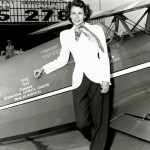
Betty Skelton Frankman
Pioneering Woman Aviator
In a group interview with several of the WASPs in Florida, just before launch, Mary Anna “Marty” Martin Wyall explained why they came. “Eileen Collins was one of those women that has always looked at us as being her mentors, and we just think she’s great. That’s why we want to come see her blast off.” Betty Skelton Frankman expressed just how proud she was of Collins, and how NASA’s first female commander would be fulfilling her dream to fly in space. “In a way,” she said, “it’s like my dream come true.” In the ‘60s it was not possible for a woman to fly in space because none met the requirements as laid out by NASA. But by the end of the twentieth century, women had been in the Astronaut Office for 20 years, and opportunities for women had grown as women were selected as pilot astronauts. NASA named its second and only other female space shuttle commander, Pamela A. Melroy, to STS-120, and Peggy A. Whitson went on to command the International Space Station. Melroy and Whitson shook hands in space, when their missions coincided, for another historic first—two women commanding space missions at the same time.
Twenty-five years ago, Eileen Collins’ command broke down barriers in human spaceflight. As the First Lady predicted, her selection led to other opportunities for women astronauts. More women continue to command spaceflight missions, including Expedition 65 Commander Shannon Walker and Expedition 68 Commander Samantha Cristoforetti. More importantly, Collins became a role model for young people interested in aviation, engineering, math, science, and technology. Her career demonstrated that there were no limits if you worked hard and pursued your passion.
Share
Details
Related Terms
What's Your Reaction?

















